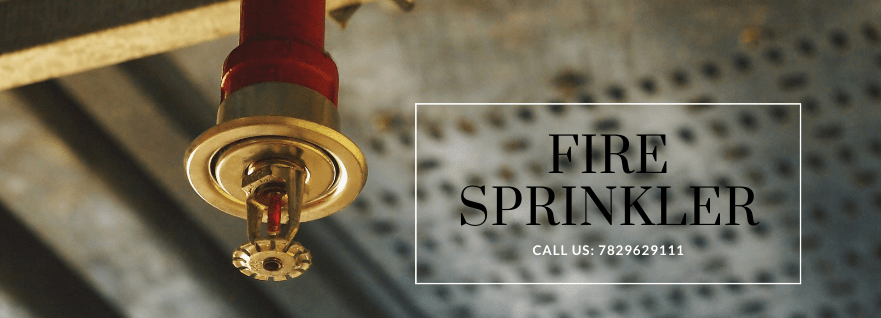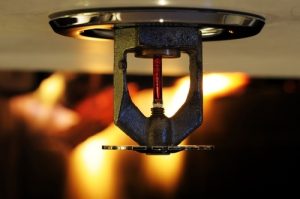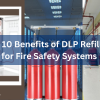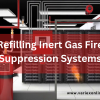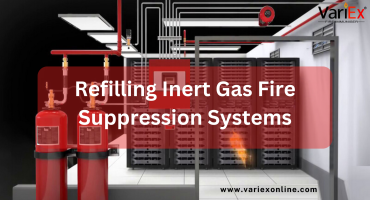![]()
Fire Immuniser
+91-7829629111
Email: info@variex.in
Varistor Technologies Pvt. Ltd.
Block-1, First Floor, Ardente Office One, Hoodi Circle, ITPL Main Road, Bengaluru, Karnataka 560048, IN
Where Can I Use Fire Sprinkler System
Frequently Asked Questions
A fire sprinkler system is a network of pipes, valves, and sprinkler heads designed to automatically detect and suppress fires in buildings. When a fire is detected, the heat activates one or more sprinkler heads in the vicinity, releasing water to extinguish or control the fire.
Building codes and regulations vary by jurisdiction, but many jurisdictions require fire sprinkler systems in certain types of buildings, such as high-rise structures, commercial buildings, and multifamily residential buildings. It's essential to check with local authorities having jurisdiction (AHJs) to determine specific requirements for your area.
Accidental discharge of fire sprinkler systems is rare. Modern systems are designed with reliable heat-sensitive mechanisms in the sprinkler heads to prevent false activations. Each sprinkler head operates independently, meaning only the sprinklers closest to the fire are activated, minimizing water damage.
While fire sprinkler systems release water to suppress fires, they are designed to minimize water damage by targeting the area affected by the fire. Compared to the water used by firefighting hoses, the amount of water released by sprinkler systems is significantly less, resulting in less overall water damage.
Yes, fire sprinkler systems require regular maintenance to ensure proper functionality. Routine inspections, testing, and maintenance are essential to identify and address issues such as leaks, corrosion, or damaged components. Qualified technicians should conduct maintenance in accordance with manufacturer guidelines and industry standards.
Final Say
At VariEx.in and VariexOnline.com, we specialize in supplying and installing top-quality fire fighting systems and equipment. From fire extinguishers to advanced suppression systems, we offer comprehensive solutions tailored to your needs. Our experienced team ensures precise installation and maintenance for optimal safety.
Trust VariEx for reliable fire protection. Contact us online or call 7829629111 to learn more.


